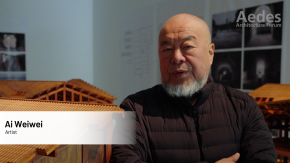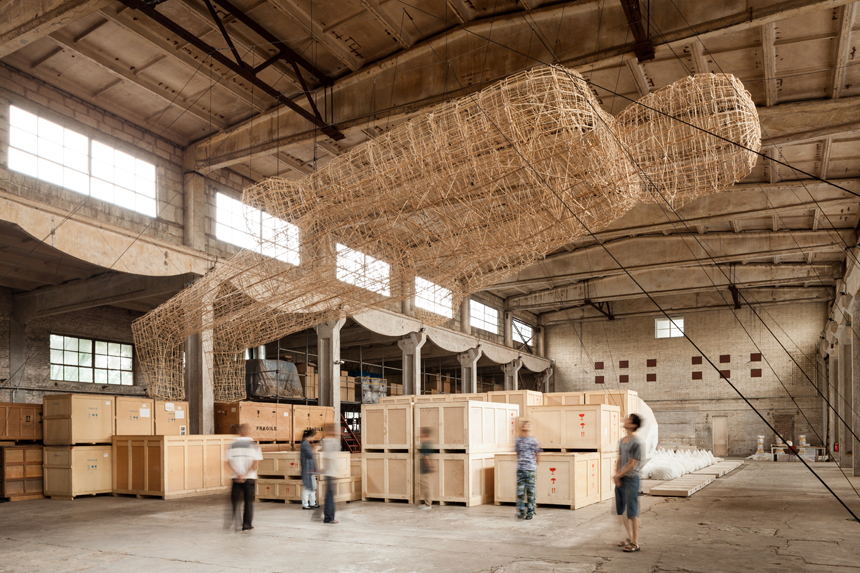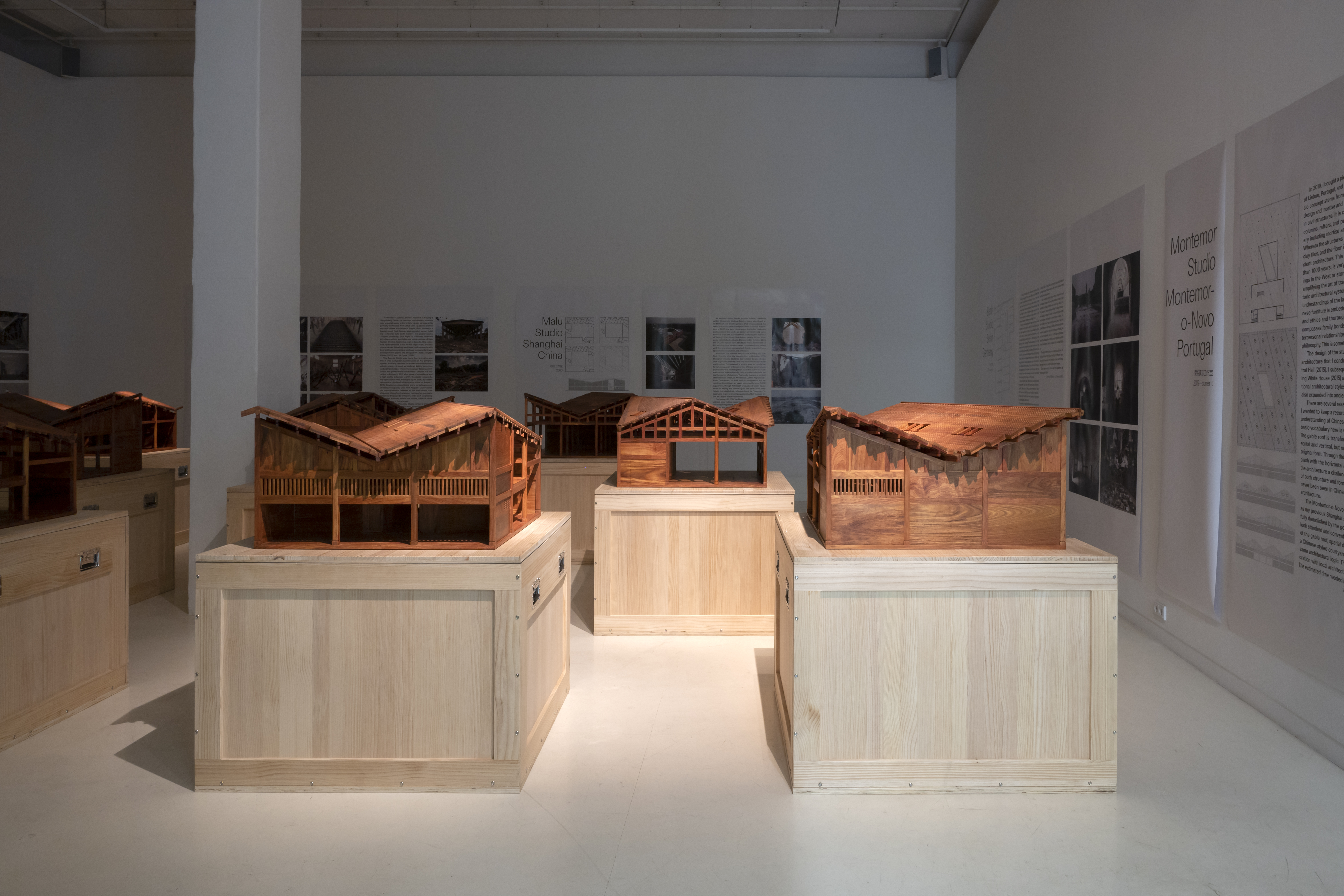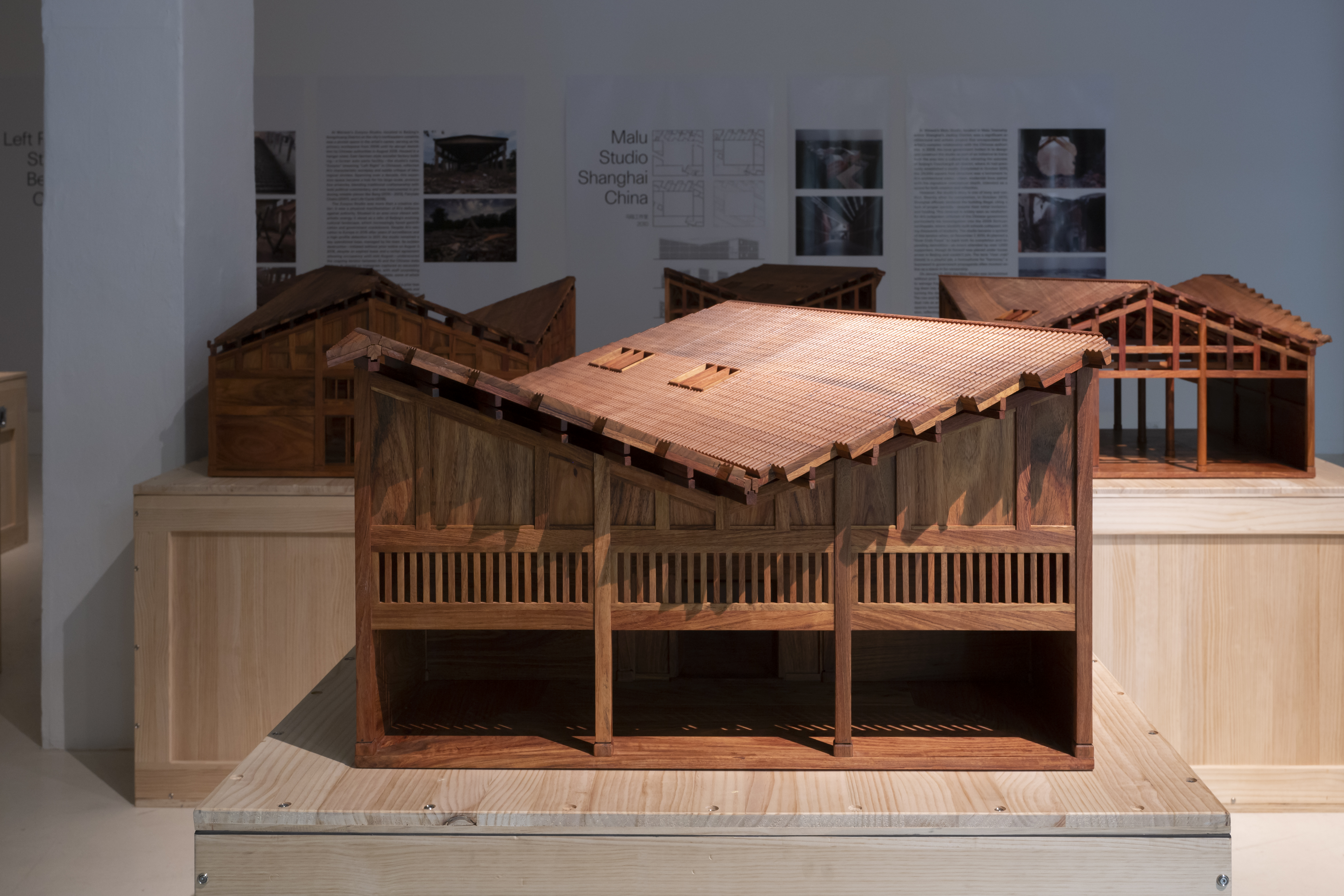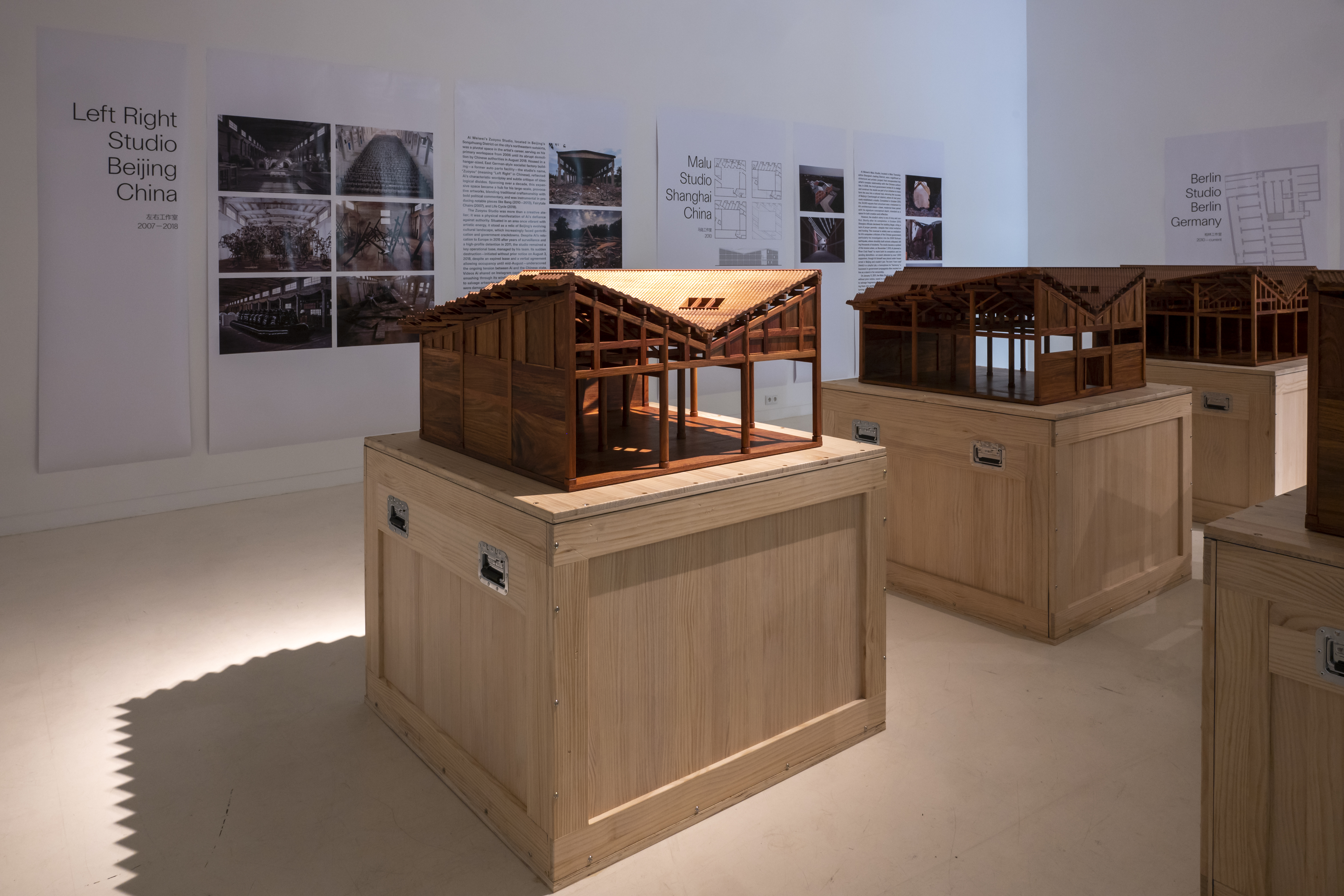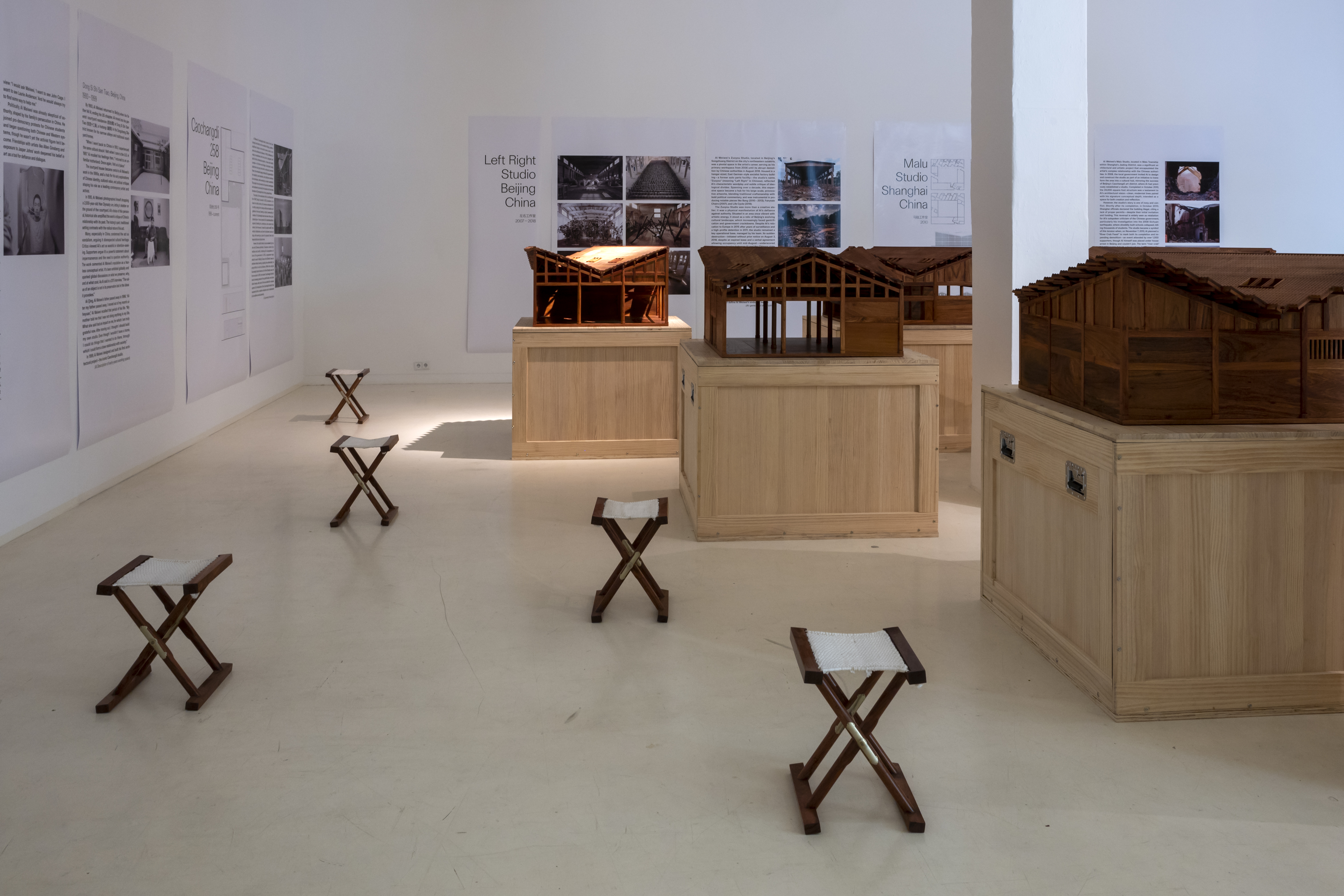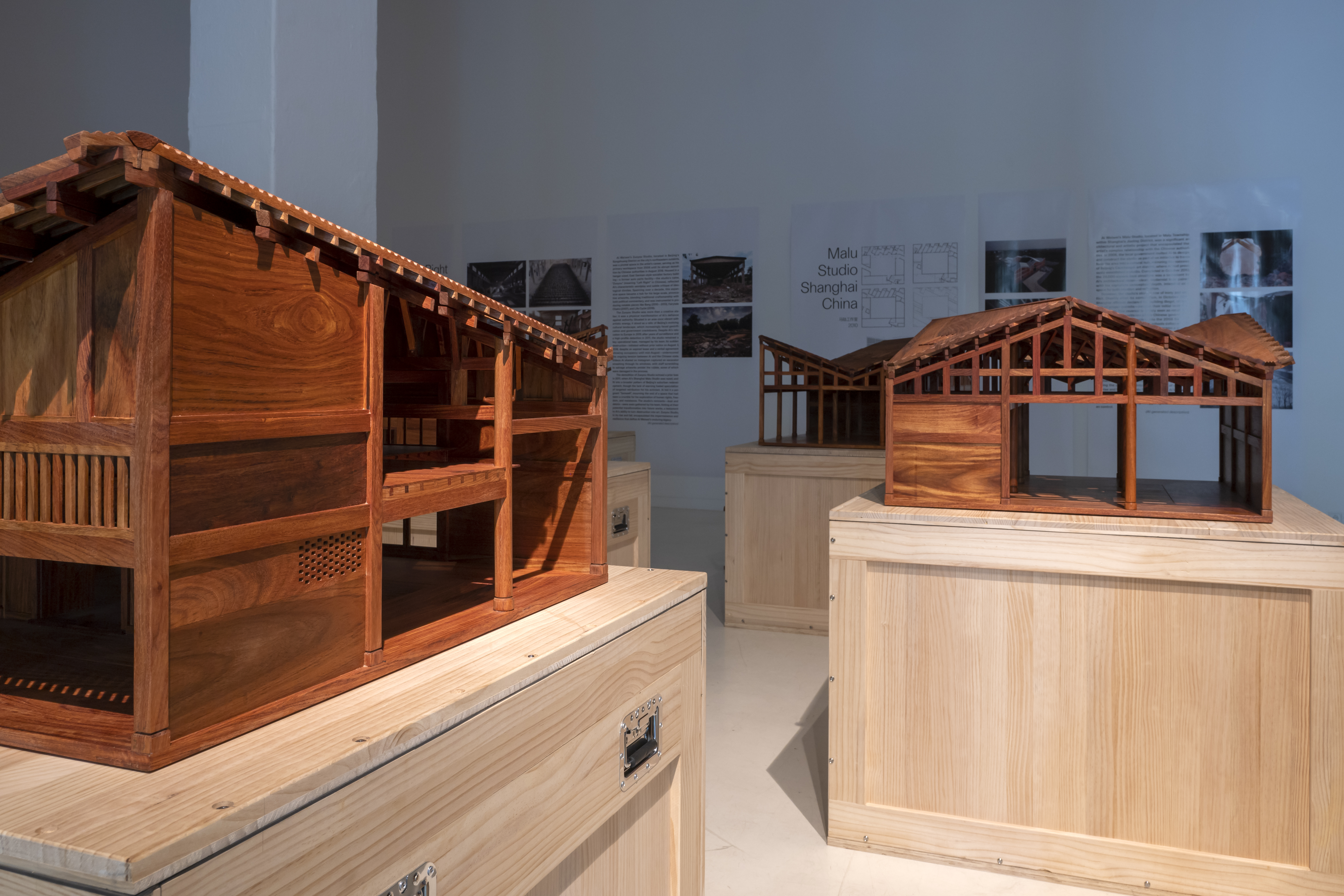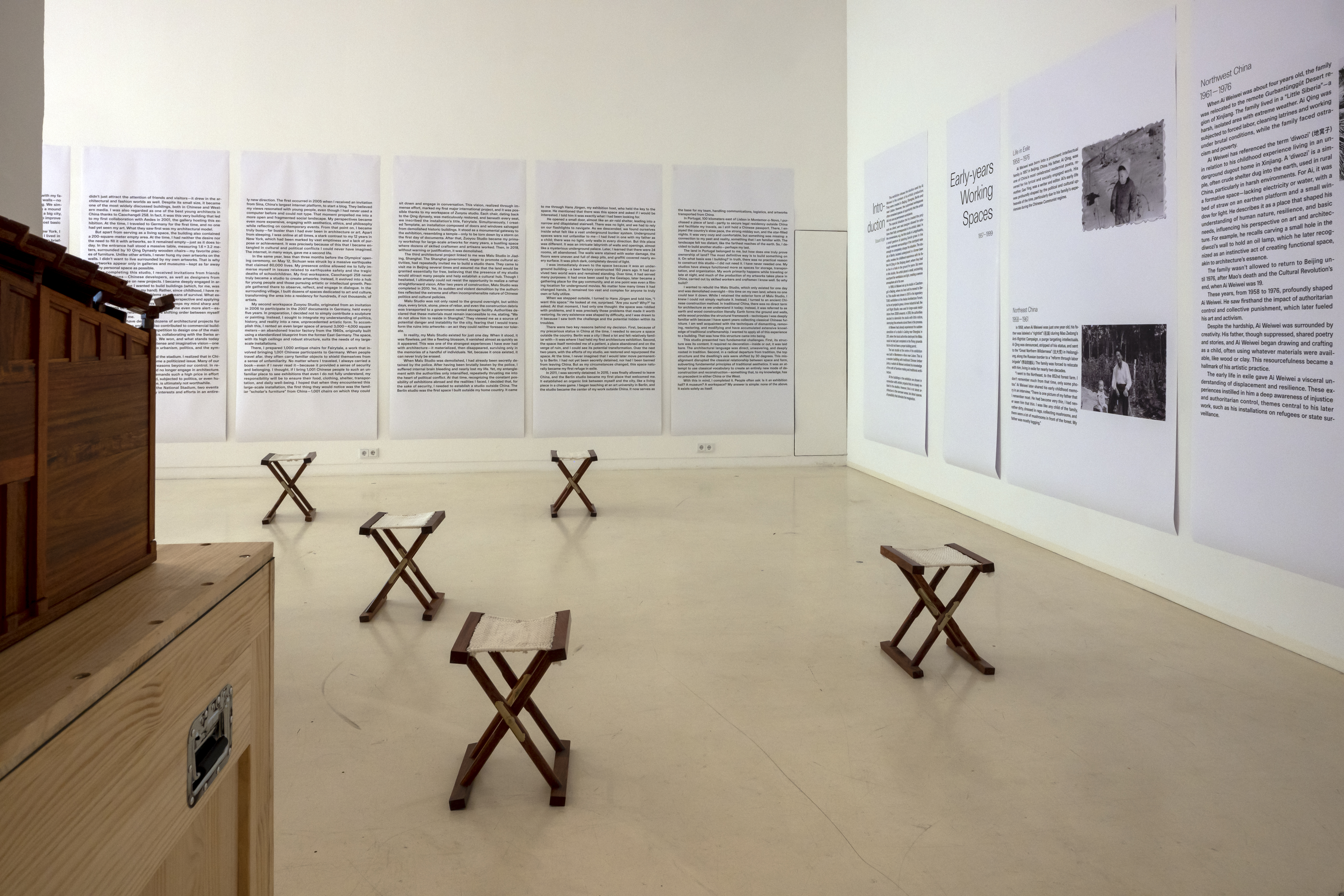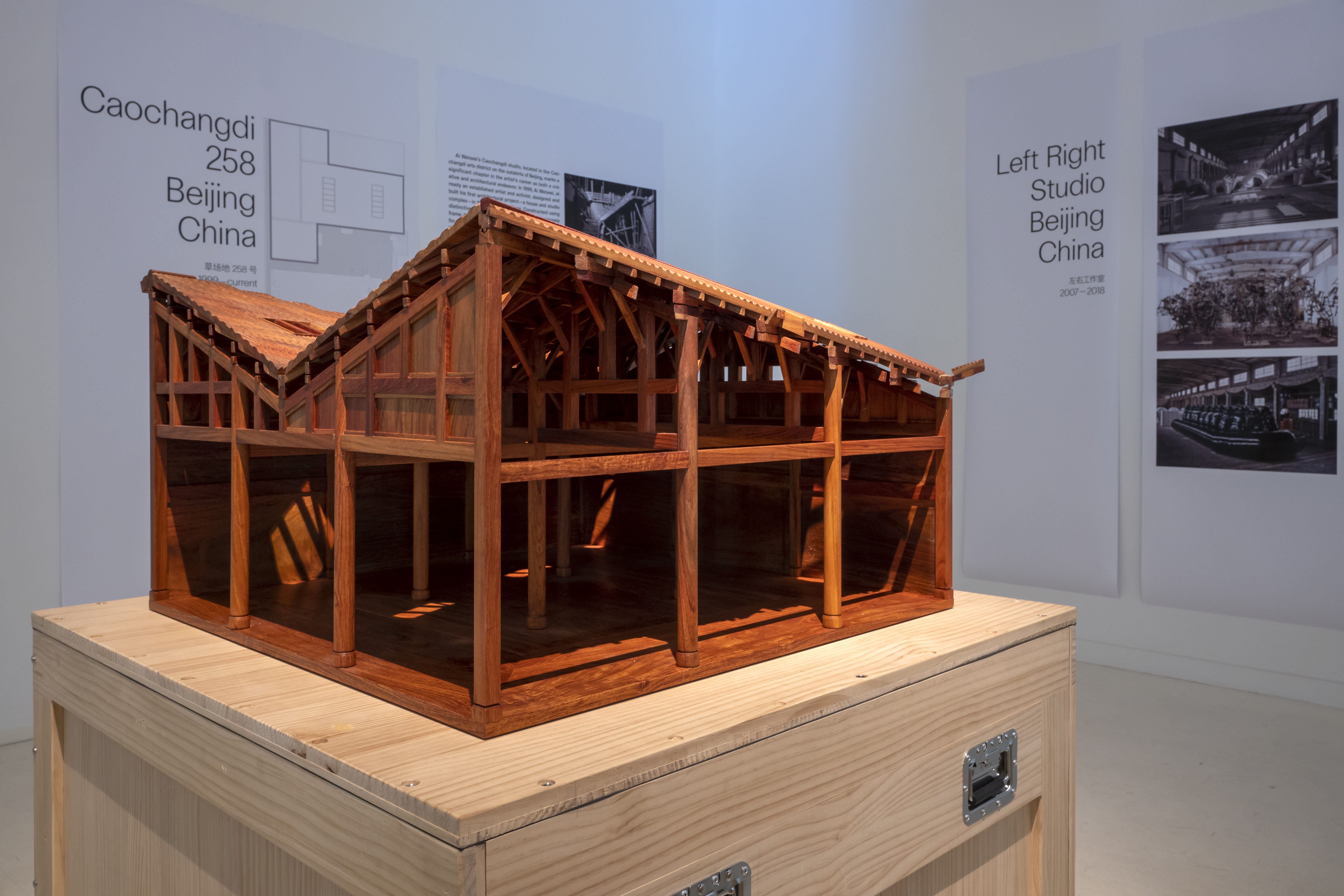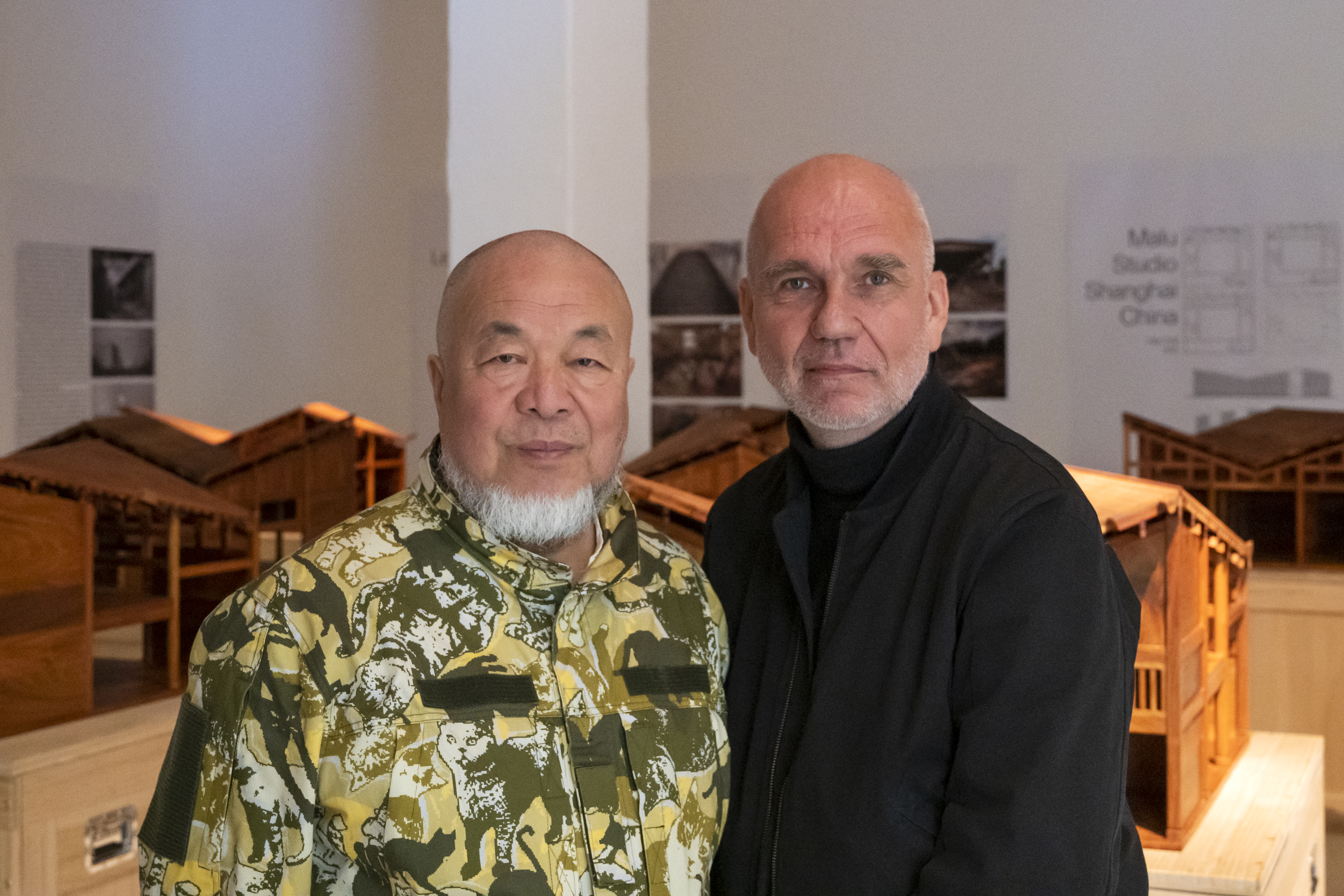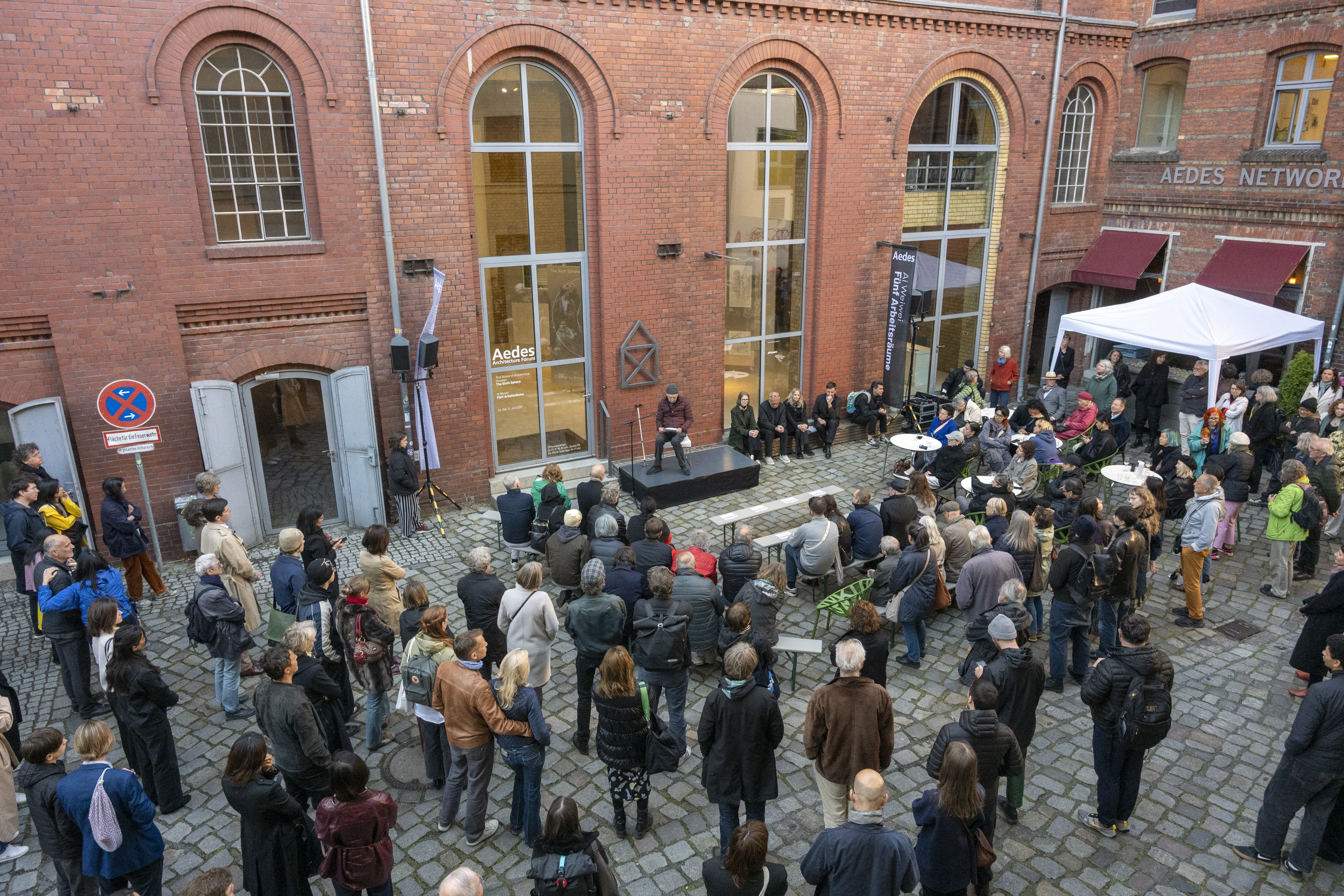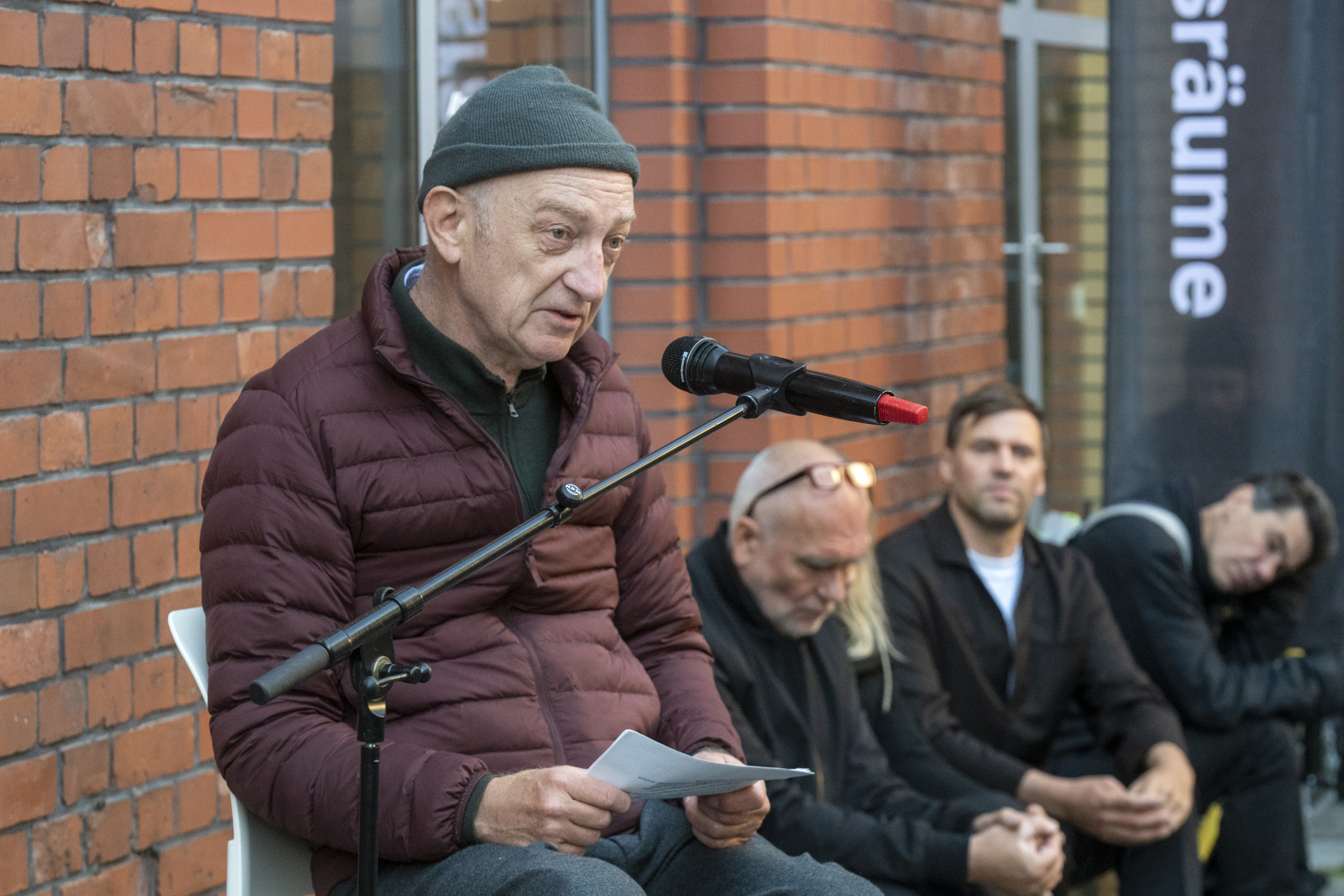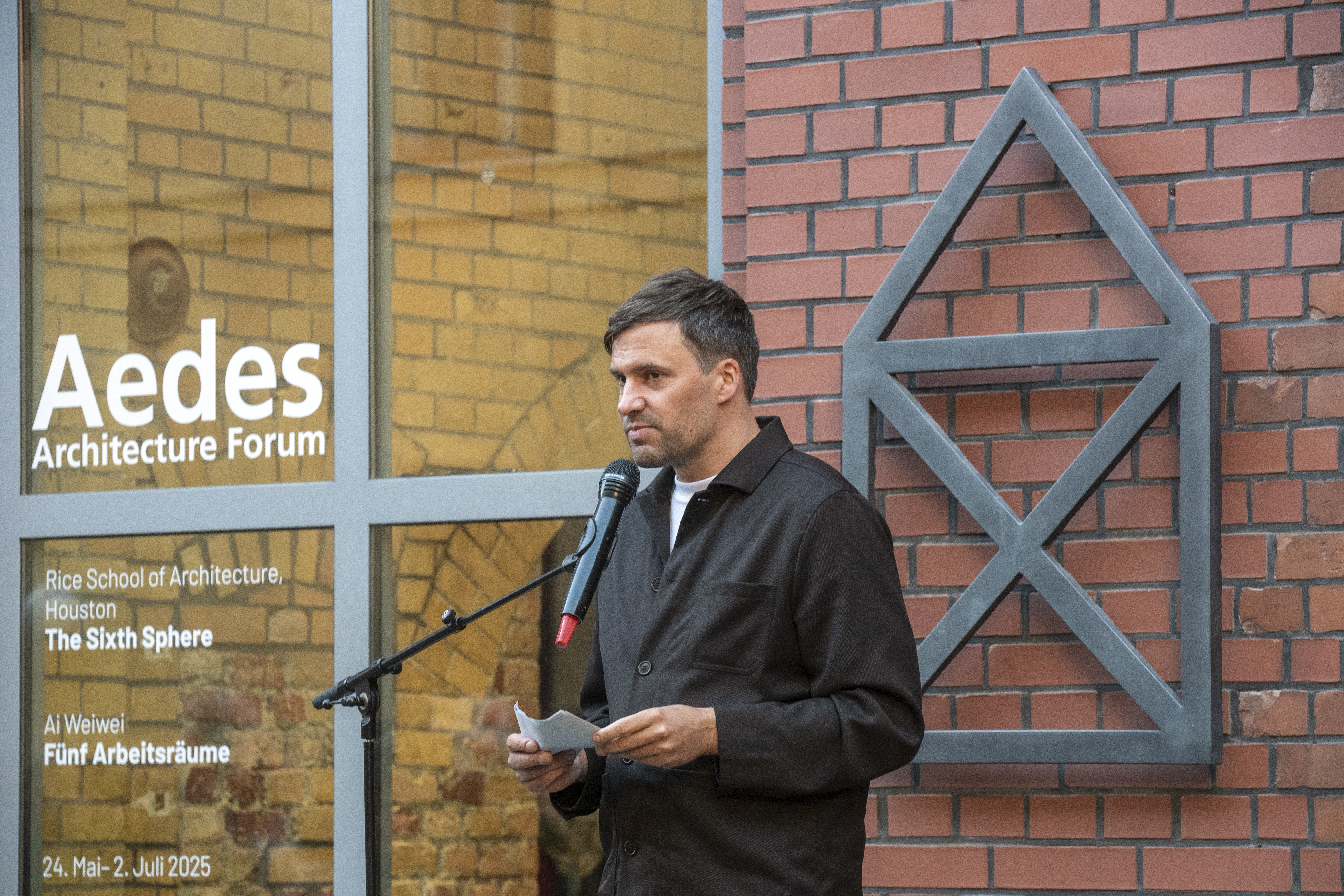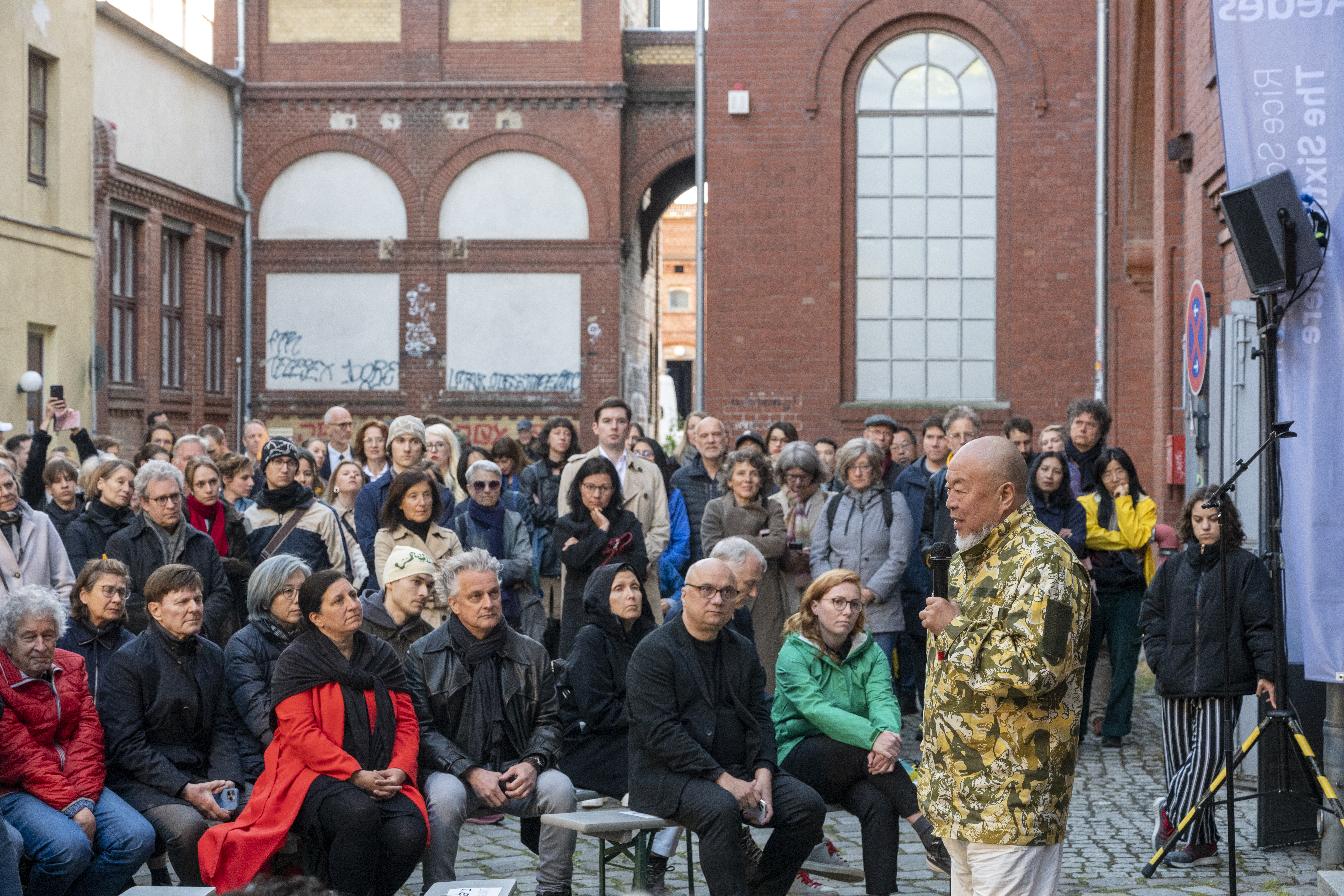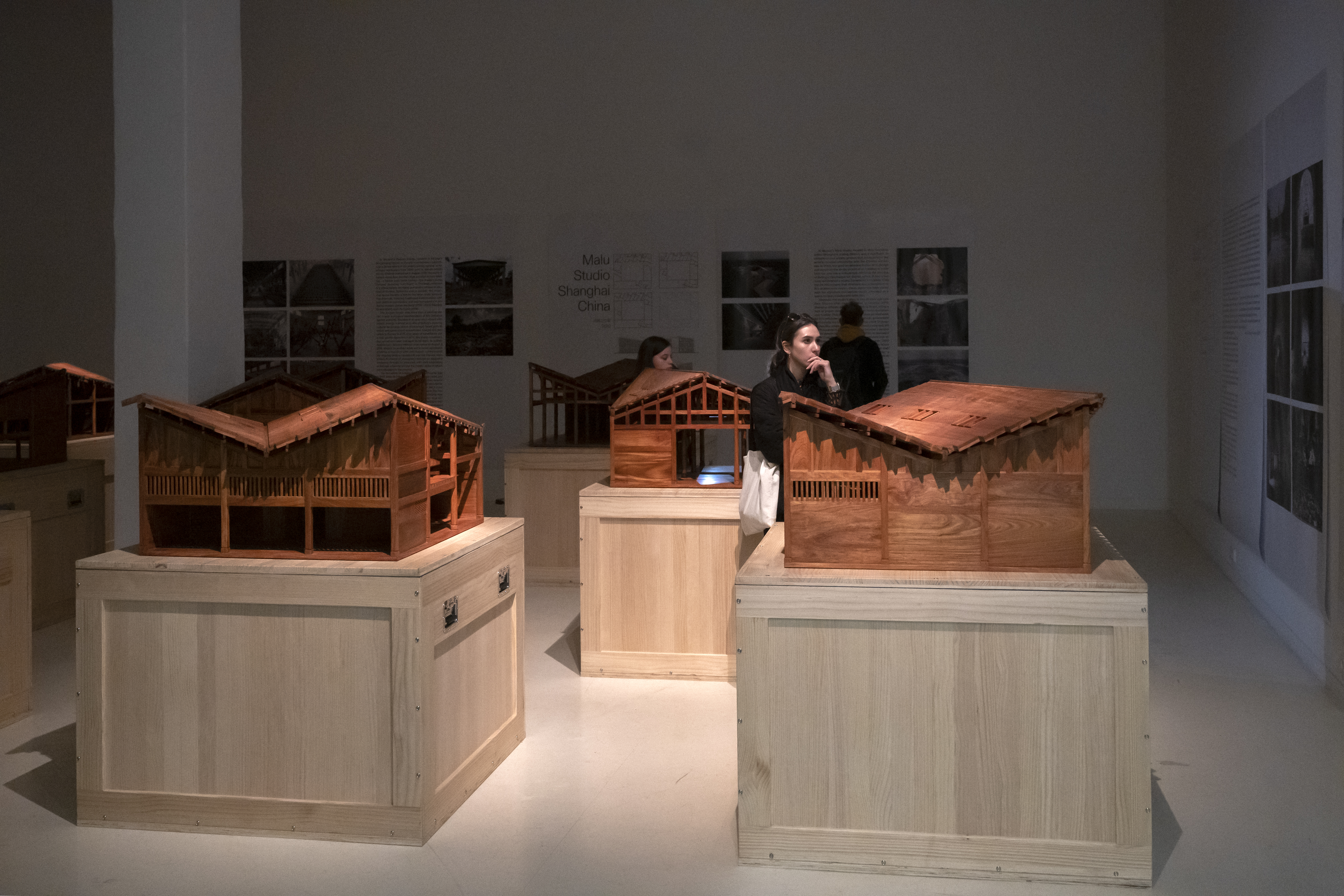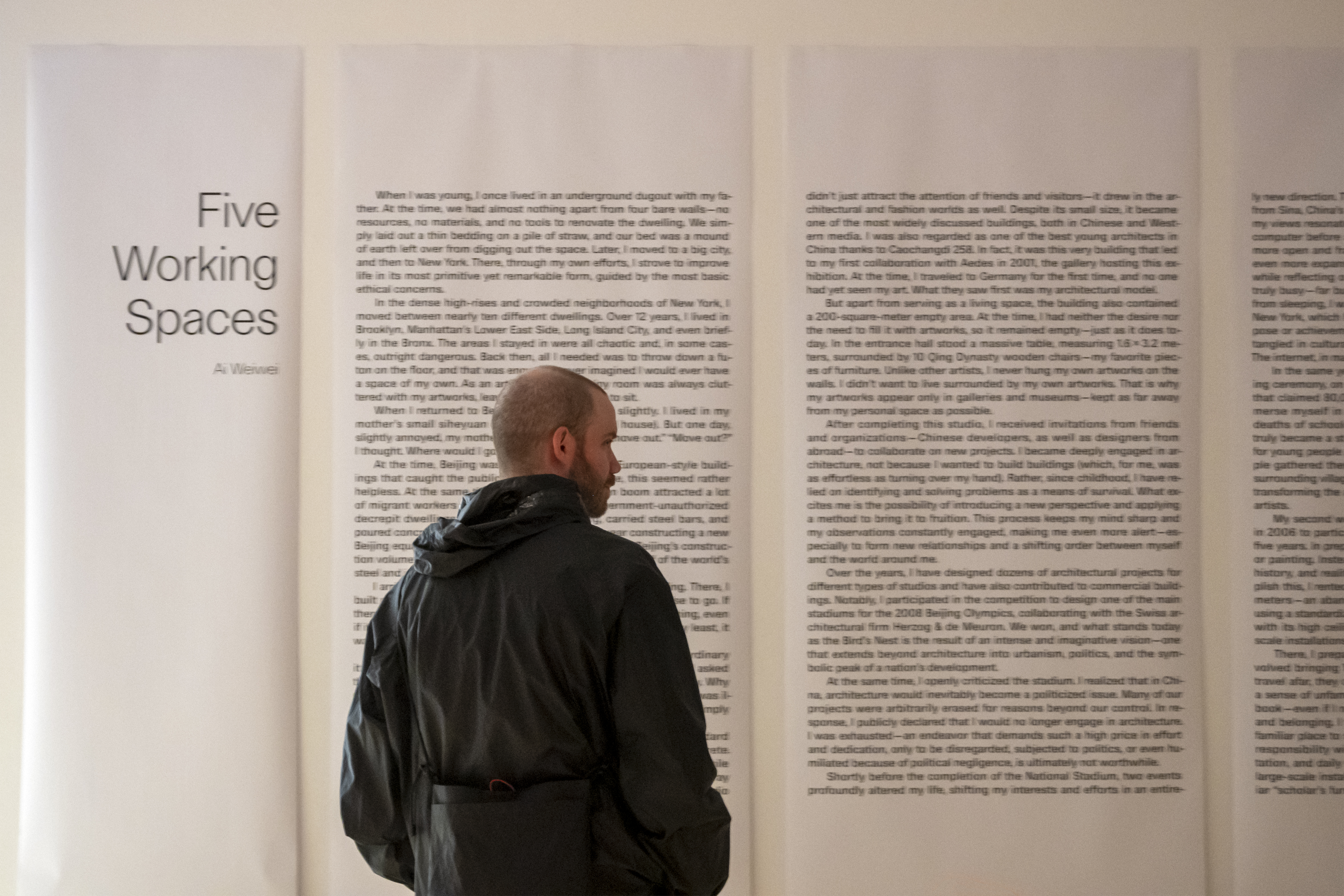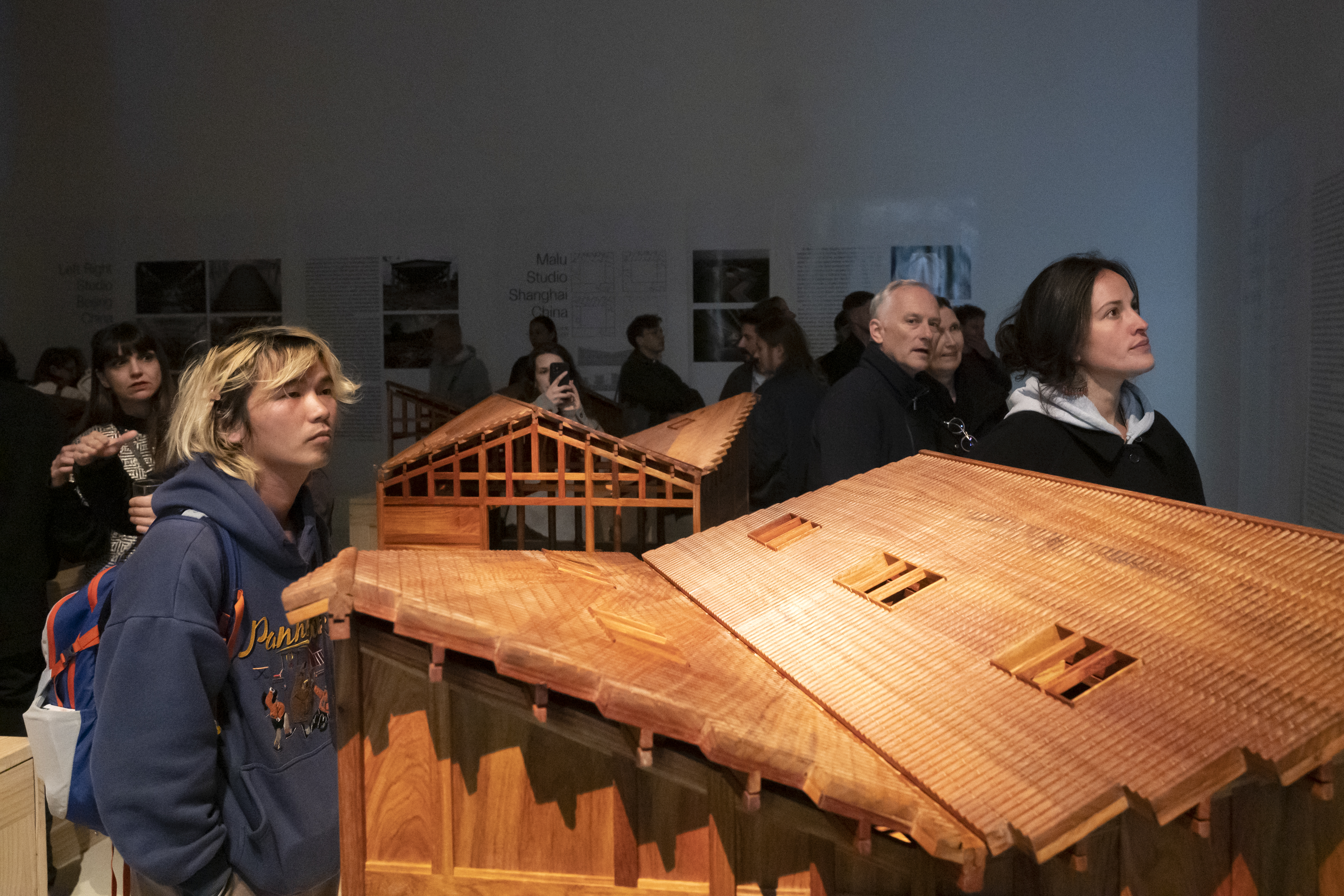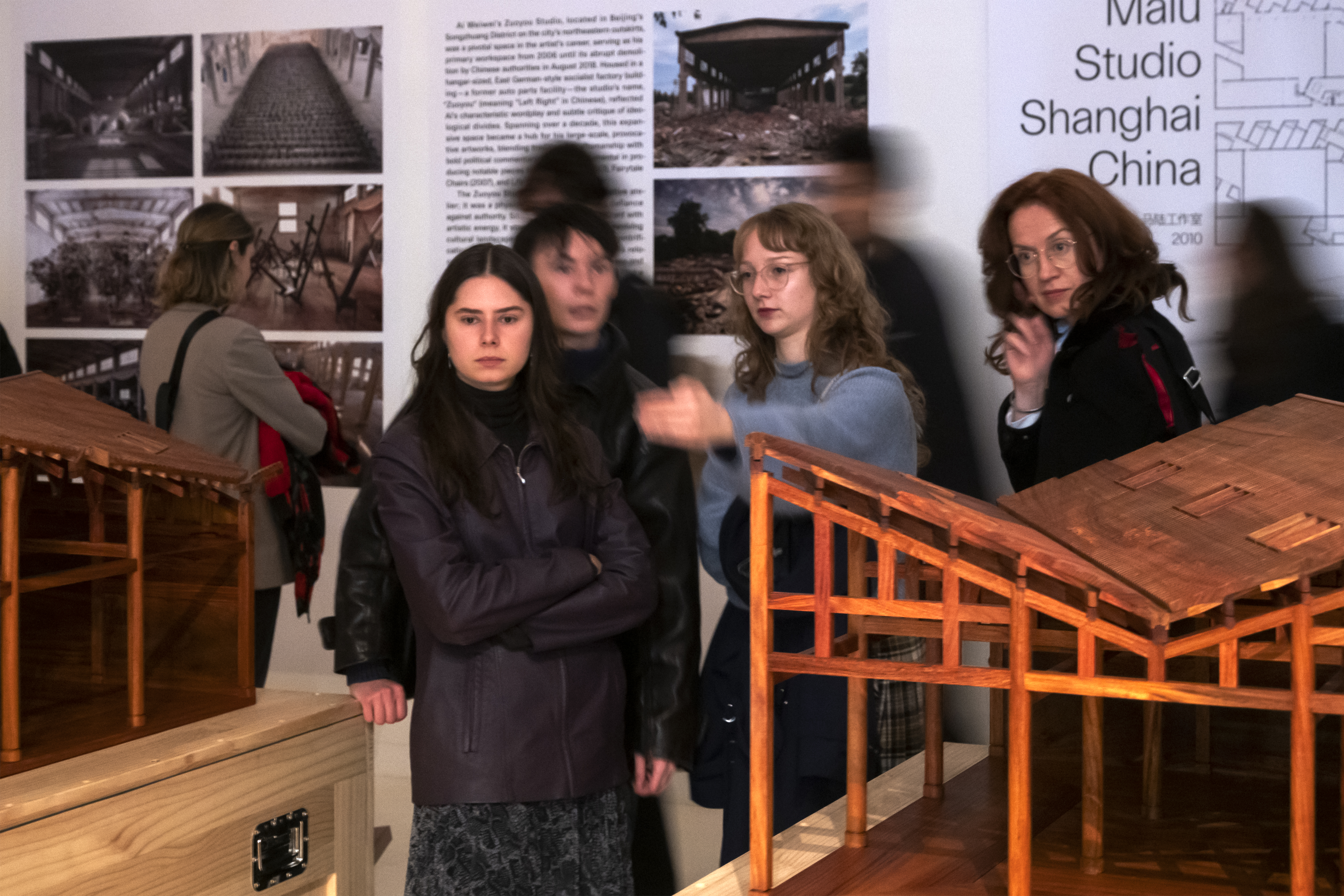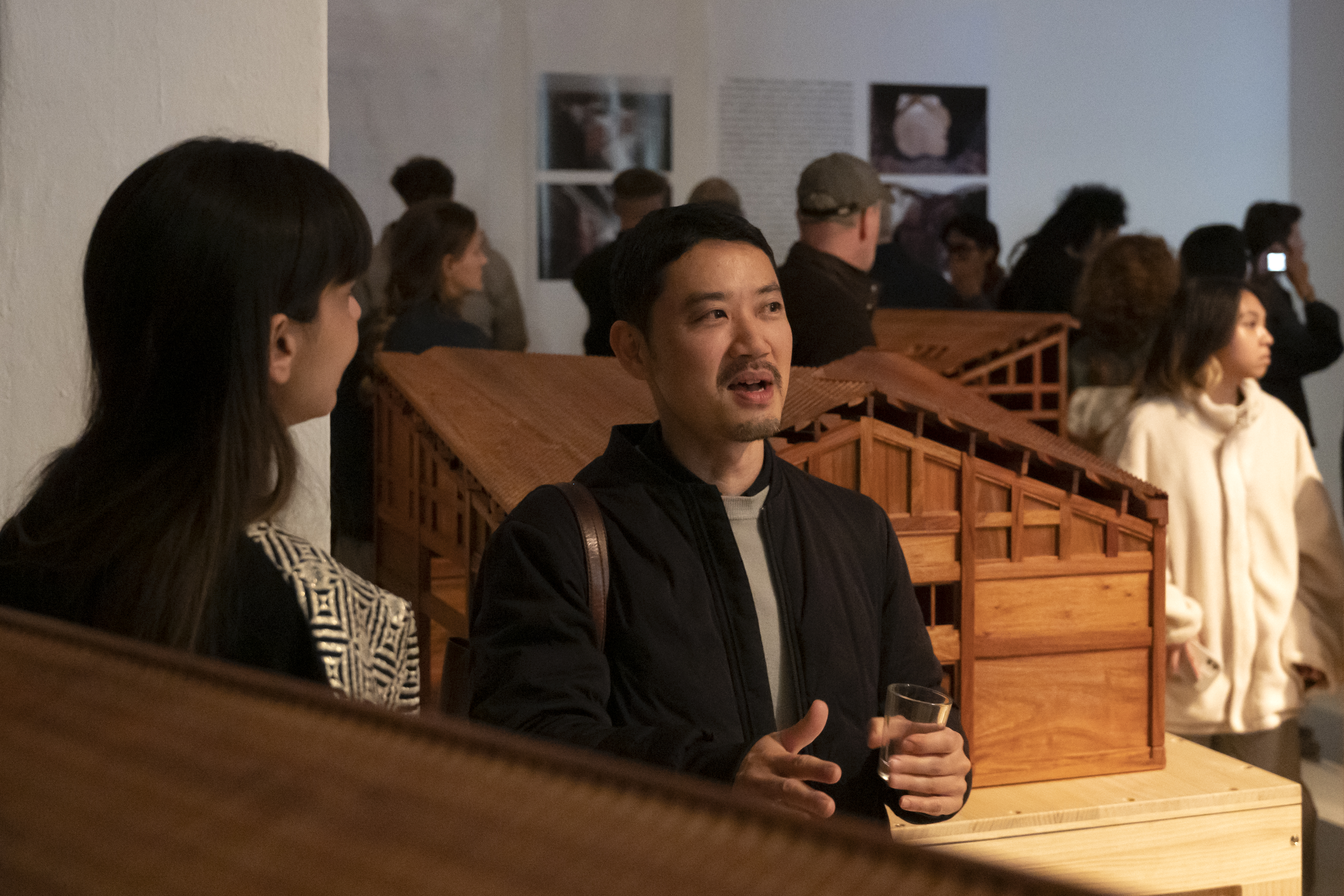Ai Weiwei stands among today's most influential artists and is a fearless critic of protectionism, nationalism and exclusion. He is a tireless advocate for human rights through his multifaceted practice – which spans art, architecture, film and activism – that fuses traditional Chinese techniques with global aesthetics, politics and personal narrative. He continually questions power structures and addresses issues of censorship, displacement and freedom of expression. His studios are more than just workspaces – they are extensions of his thinking and creative process. The exhibition Five Working Spaces at Aedes presents studios in Beijing, Shanghai, Berlin and Montemor-o-Novo, near Lisbon. Designed, commissioned and used by Ai Weiwei himself, they reflect formative phases in his life and reveal the dialogue between artistic production and the built environment.
From Ai Weiwei's first studio in Longzhuashu, where the simple act of planting Danish grass completely changed the situation of bare concrete courtyard, to his underground Berlin workspace, a former brewery cellar reminiscent of his childhood exile in Xinjiang, each studio becomes a narrative space in its own right.
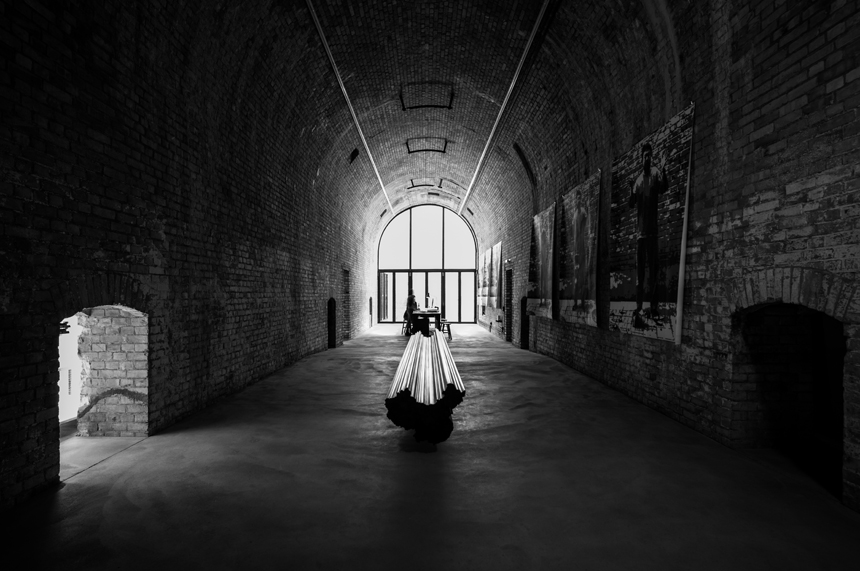
Berlin Studio, DE – Map of China, 2004 © Courtesy of Ai Weiwei Studio
His long-term studio in Beijing's Caochangdi district, featured in Aedes' legendary exhibition TUMU Young Architecture from China in 2001, became a hub for large-scale installations. Later, the Zuoyou Studio, adapted from an industrial hall, was used until its sudden demolition by the authorities in 2018 - destroying not only the building but also many of the works stored inside. A similar fate befell his Malu Studio near Shanghai in 2011, which was torn down shortly after its completion.
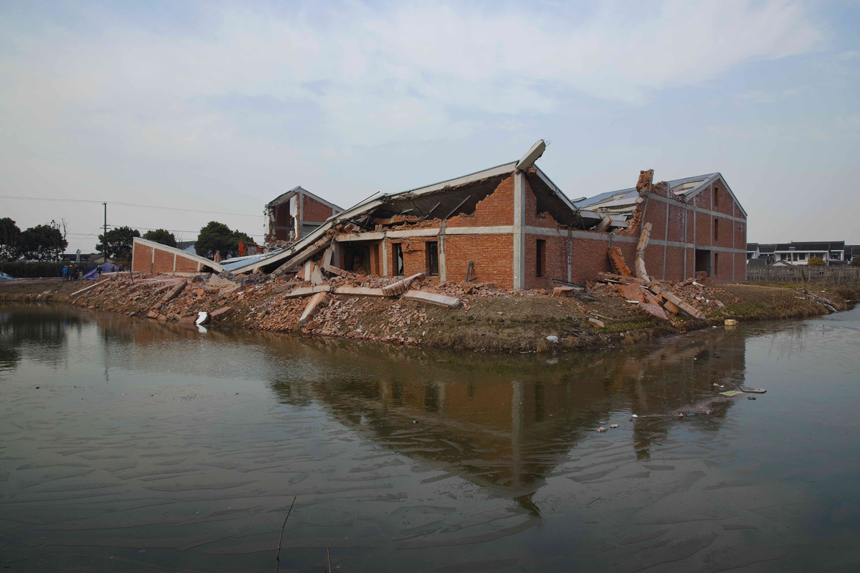
Malu Studio, Shanghai, CN – during demolition © Courtesy of Ai Weiwei Studio
The latest of these studios, located in rural Portugal, was built using traditional Chinese woodworking techniques - a testament to Ai Weiwei's ongoing engagement with craftsmanship and the cultural memory embedded in materials.
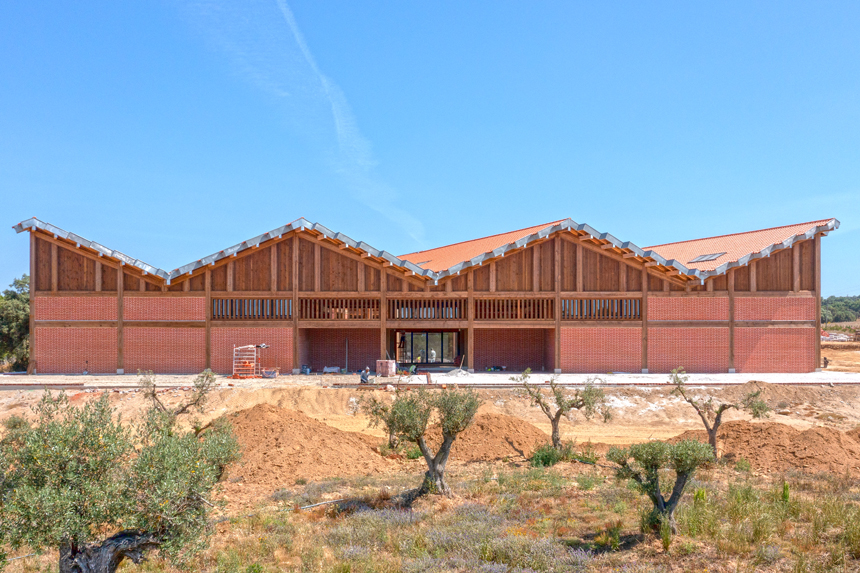
Montemor-o-Novo Studio, PT © Courtesy of Ai Weiwei Studio
About the exhibition
Rather than a conventional architectural exhibition, Five Working Spaces explores studios as spaces of possibilities - temporary, often vulnerable environments that both support and reflect artistic creation. Ai Weiwei's studios tell a story of artistic resilience; each workspace reveals how the environment shapes creation and reflects the artist's journey across continents. Closely linked to the projects conceived within them, these studios are manifestations of Ai Weiwei's ongoing negotiation between autonomy, transience and expression. The five workspaces are presented through architectural models, photographs, sketches and plans, complemented by personal texts written by the artist.
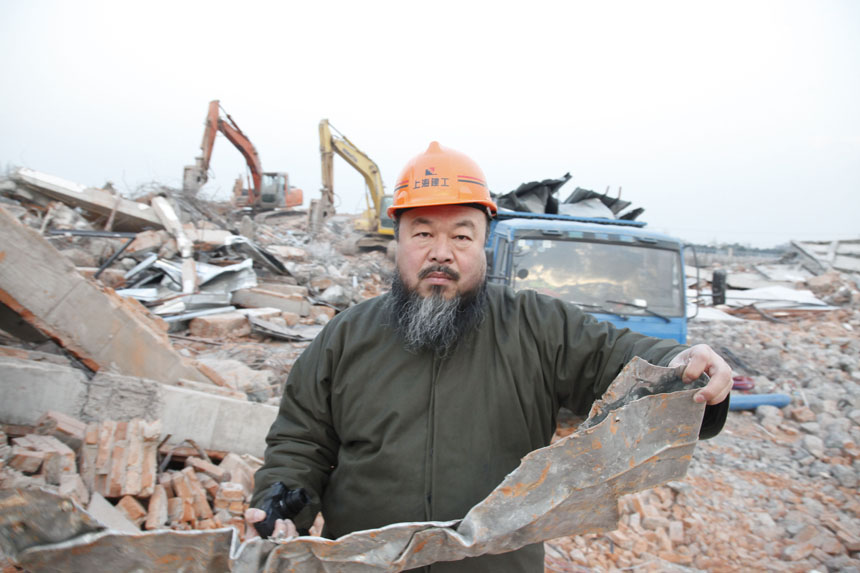
Ai Weiwei on the site of Malu Studio, Shanghai, CN – during demolition © Courtesy of Ai Weiwei Studio

